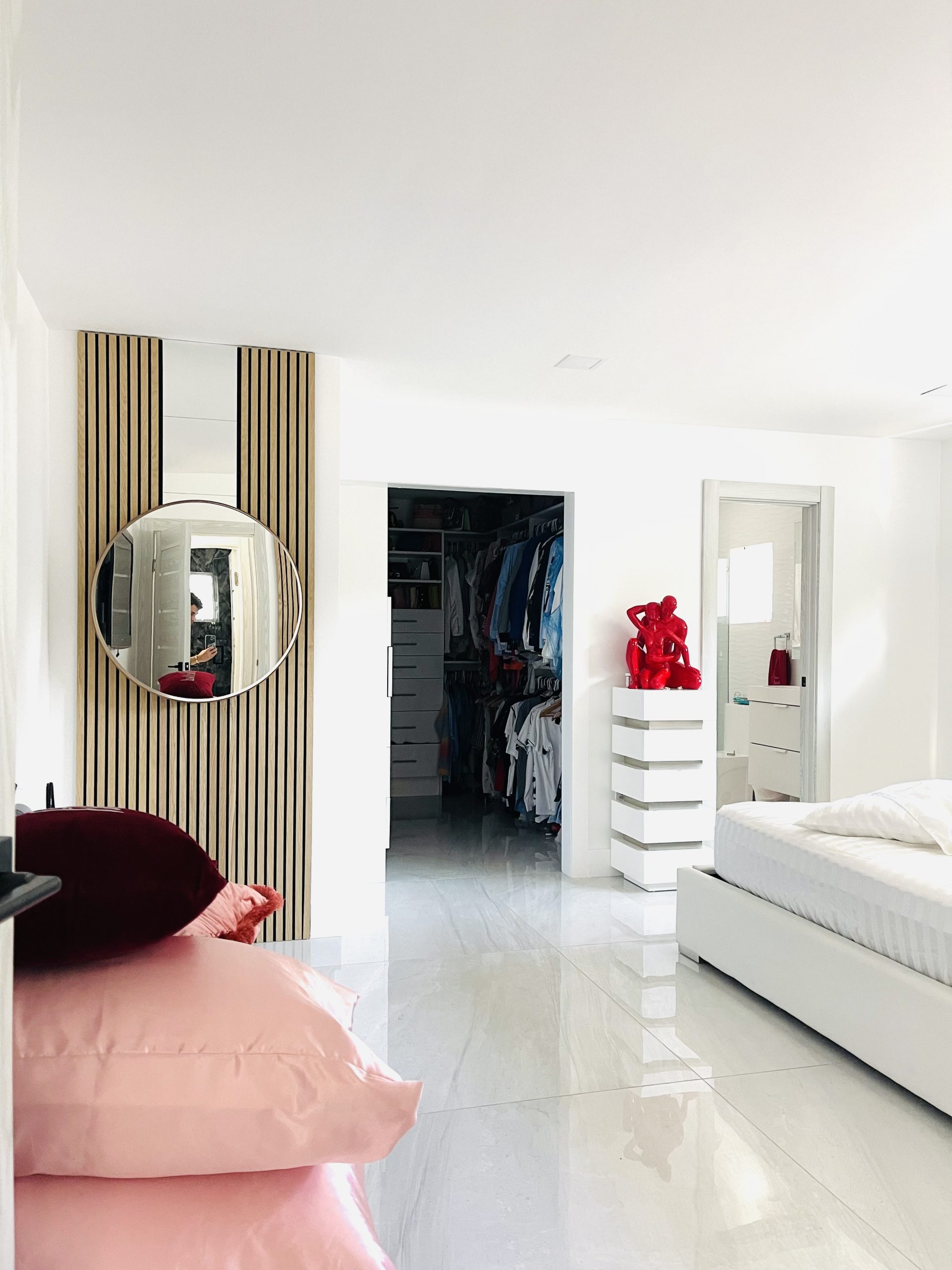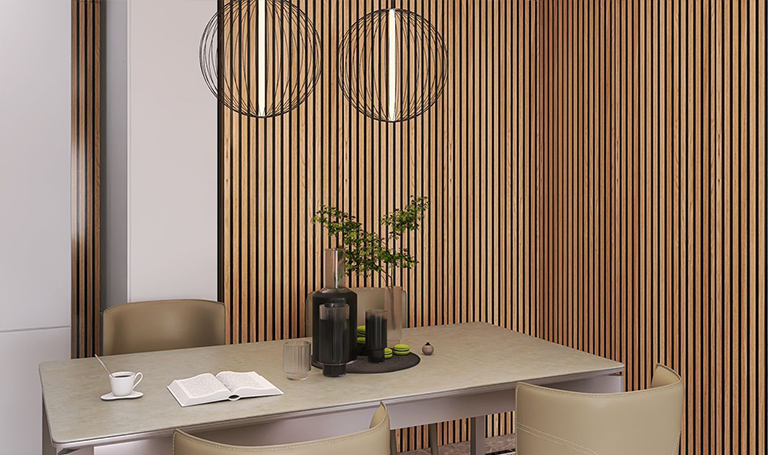
Transform Your Space with Wooden Wall Panels: A Stylish and Smart Interior Upgrade
Wooden wall panels are no longer just a nostalgic nod to mid-century interiors. Today, they’ve reemerged as one of the most sought-after interior design elements—offering a stunning combination of visual appeal, practical benefits, and sustainability. Whether you're aiming for a rustic retreat or a modern sanctuary, wooden wall panels can completely transform a room with their natural texture and warmth.
In this article, we’ll uncover the multiple advantages of wooden wall panels, their aesthetic potential, and how they can elevate your living or working space with minimal effort.
Why Wooden Wall Panels Are a Must-Have for Modern Interiors
Wooden wall panels offer more than just looks. They enhance comfort, improve acoustics, and boost energy efficiency—making them an ideal fit for nearly every room in the house. Many homeowners are turning to
[dcl=4696]
solutions to create more personalized interiors.
Beauty Rooted in Nature
There’s a calming authenticity in natural wood. From deep mahogany to light oak, wooden wall panels introduce color, texture, and character that synthetic materials simply can’t replicate. They bring organic charm and elegance to minimalist designs, cozy cottages, and urban lofts alike. When done right,
[dcl=4696]
can completely transform the ambiance of a room.
Create a Sense of Warmth and Dimension
Rooms clad in wooden wall panels immediately feel more intimate and welcoming. The layered depth adds dimension, breaking the monotony of flat walls while maintaining a seamless flow throughout the interior.
The Practical Side of Wooden Wall Panels
Beyond their beauty, wooden wall panels deliver a range of functional advantages that make them a smart investment.
Outstanding Thermal Performance
Wood naturally retains heat, making wooden wall panels excellent insulators. They help maintain indoor temperatures, reducing reliance on heating or cooling systems. Over time, this can translate into noticeable savings on your energy bills.
Enhanced Acoustic Comfort
Whether you're designing a home theater, bedroom, or office, wooden wall panels can reduce noise transmission. Their sound-absorbing qualities soften echoes and ambient sounds, creating quieter, more peaceful spaces.
Durable and Easy to Maintain
Unlike painted surfaces that crack or stain easily, wooden wall panels age gracefully. When sealed properly, they resist dents, scratches, and general wear. Maintenance is as easy as dusting and occasional polishing.
Stylish Versatility That Fits Every Interior
Wooden wall panels are not one-size-fits-all. Their range of styles and configurations ensures you can find the perfect match for your space and personality.
Popular Types of Wooden Wall Panels
- Shiplap Panels: Clean horizontal lines ideal for coastal and farmhouse styles.
- Tongue-and-Groove: A snug interlocking design that adds texture and uniformity.
- 3D Geometric Panels: Bold, dimensional designs for modern statement walls.
- Slatted Panels: Vertical wood strips that create height and rhythm in a room.
Installation Benefits
- Quick to mount with minimal disruption.
- Suitable for DIY or professional setup.
- Can be applied directly over existing surfaces.
- Easily replaceable if damaged.
Sustainable Style You Can Feel Good About
Choosing wooden wall panels isn’t just a stylish decision—it’s an environmentally responsible one, too. With sustainable materials gaining popularity,
[dcl=4696]
has become a leading choice.
Description List: Eco-Friendly Features
Sustainably Sourced: Many manufacturers use FSC-certified timber, ensuring forests are responsibly managed.
Biodegradable and Recyclable: Unlike plastics and synthetic finishes, wood can be recycled or naturally decomposed.
Carbon Storage: Wood stores carbon throughout its lifetime, helping to reduce your home’s carbon footprint.
Where to Use Wooden Wall Panels in Your Home
Wooden wall panels are highly adaptable and can elevate any room when used strategically.
Suggested Placement Ideas:
- Living Rooms: Add warmth and elegance with a textured feature wall.
- Bedrooms: Create a serene, cocoon-like ambiance behind the headboard.
- Hallways: Break up long corridors with a sleek or rustic finish.
- Home Offices: Improve acoustics and visual appeal during video calls.
- Bathrooms: Use water-resistant finishes for spa-like tranquility.
FAQs About Wooden Wall Panels
Are wooden wall panels suitable for humid environments?
Yes, as long as you use moisture-resistant finishes or engineered wood varieties specifically designed for wet areas like bathrooms or kitchens.
How often should wooden wall panels be maintained?
Generally, a wipe-down every few weeks and an occasional polish will keep them looking new. High-traffic areas may require more frequent care.
Can I paint or stain wooden wall panels?
Absolutely. One of their major perks is their ability to be customized. You can repaint or stain them to match evolving trends or personal tastes.
Do wooden wall panels add value to my home?
Yes. Their timeless appeal, combined with practical benefits, can enhance your property’s resale value and overall aesthetic appeal. Learn more…
Quick Recap: Why Choose Wooden Wall Panels?
- ✅ Adds natural beauty and warmth
- ✅ Improves thermal and sound insulation
- ✅ Sustainable and eco-friendly
- ✅ Durable and long-lasting
- ✅ Versatile in style and installation
- ✅ Enhances property value

